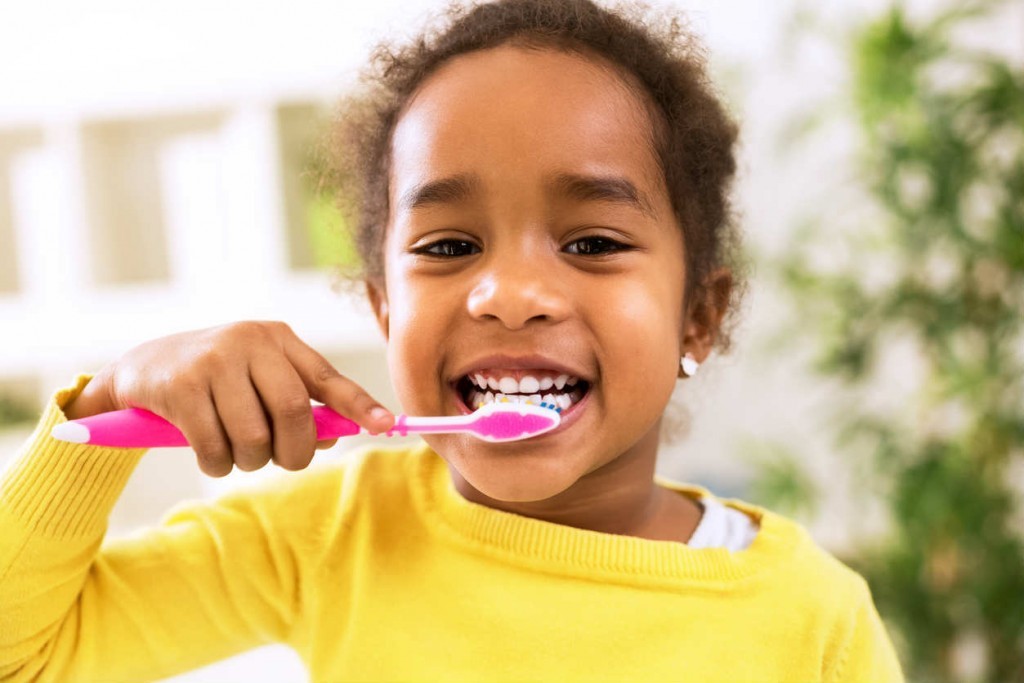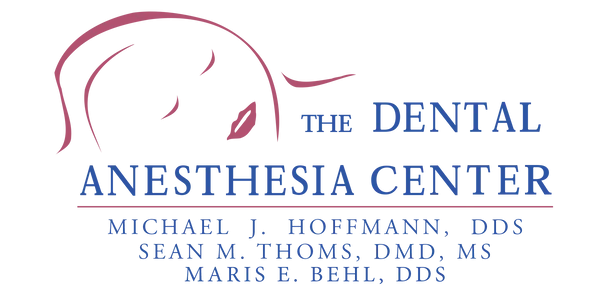A good toothbrush is an important tool for good oral health, so it’s important to make a wise decision for your child.
A good toothbrush is essential for maintaining a healthy and sparkling set of teeth. Toothbrushes come in various shapes and sizes. Because there is such a wide variety of options to choose from, it may be challenging to choose the right one. In this post, our St. Louis pediatric dentist offers tips on buying a toothbrush for your child.

Soft and Rounded Bristles
Toothbrushes have bristles of all sizes and shapes. Dentists typically recommend toothbrushes with soft, rounded bristles. Soft bristles clean the teeth properly without damaging sensitive gums. Burs or hard rubber bristle liners do not possess any extra cleaning properties and can actually damage your gums. So, when you buy a toothbrush for your child, try to find a toothbrush with soft and rounded bristles.
Accurate Size
The toothbrush head should be small enough to fit in the child’s mouth and clean all the spots, including those that are difficult to reach. It should fit easily between the child’s cheek and back molars. You can select a toothbrush specially designed for children or for your child’s age group.
The shape of the Handle
There are toothbrushes with different types of handles available in the market. Some have straight handles, angled handles, curved handles, and vibrating handles. Do not choose a toothbrush based on its shape. Select the one that is most comfortable.
When you are buying a toothbrush for your child, see whether the handle is big enough and comfortable for him to hold and brush for a couple of minutes. The child may not be able to grasp and brush effectively if the size of the handle is not suitable for him. Try to get a toothbrush with a rubber grip. Children usually find these easier to hold.
When to Buy a New One
A toothbrush’s lifespan may be shortened due to the bristles wearing out. Worn bristles look frayed and shapeless, and they do not clean teeth properly. This usually happens after around three months of use. You should purchase a new toothbrush and discard the old one around this time.
If your child gets sick or has the flu or cold, you should replace the old toothbrush with a new one once he recovers. Bacteria can settle on the bristles and handle of the toothbrush, prolonging the sickness or causing it to recur.
